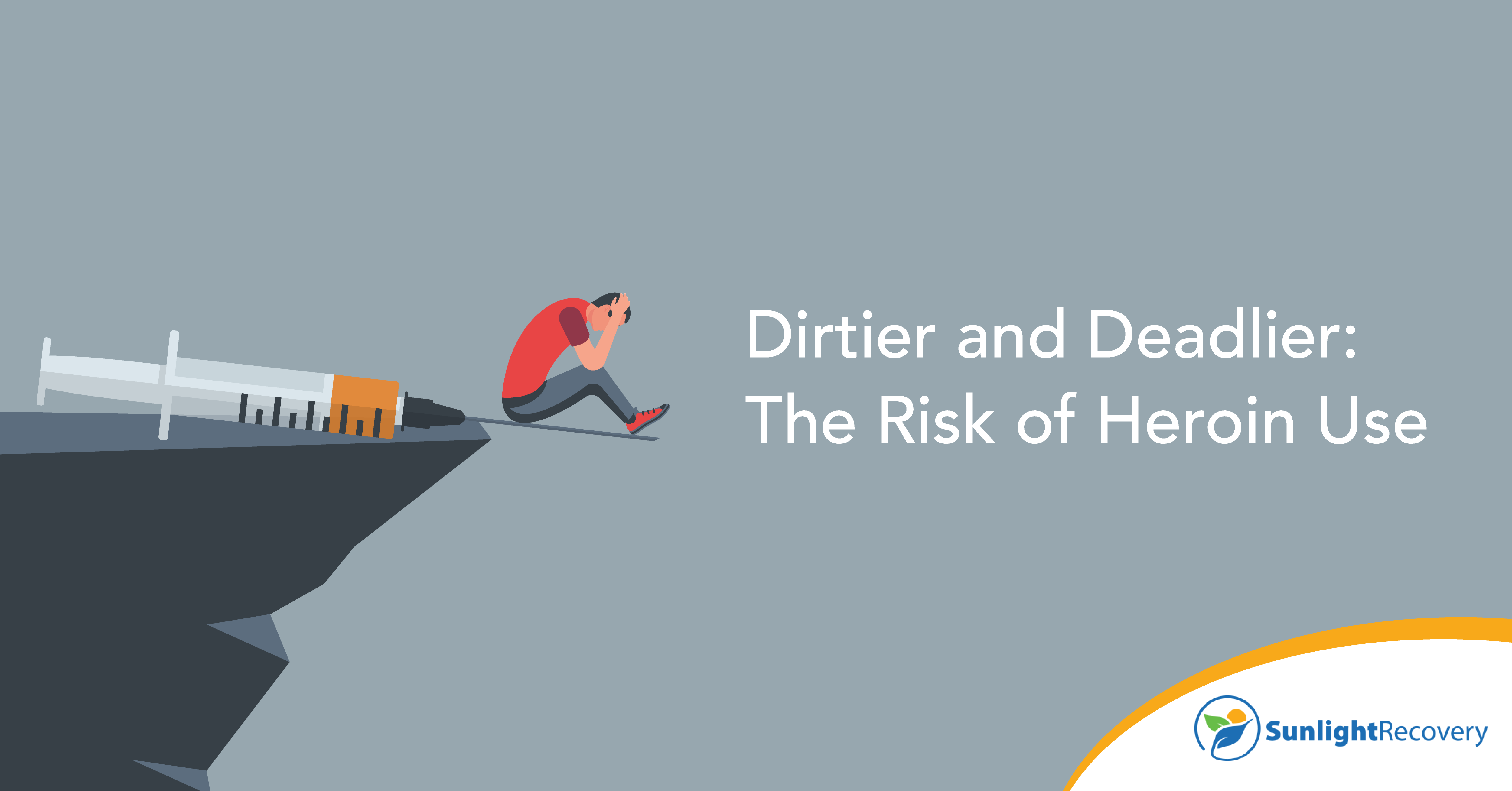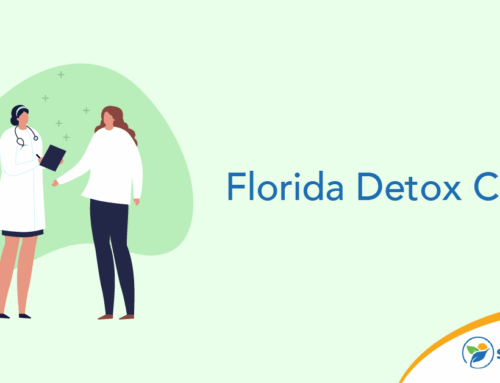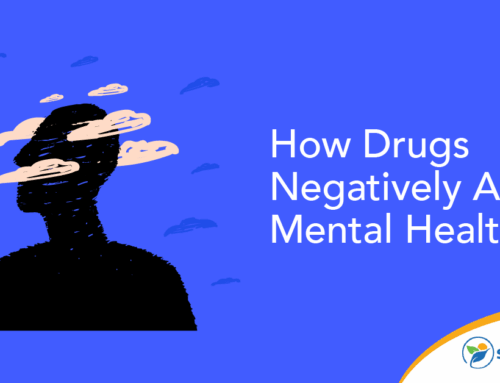Heroin use remains one of the most dangerous and unpredictable substance abuse issues today. According to the CDC, over 94,000 people lost their lives to drug overdoses in the 12 months ending July 2024, a staggering statistic underscoring the growing crisis. Opiates, including heroin, contribute significantly to this number. Users of heroin risk overdose, impure doses and a host of other health threats.
Heroin is especially perilous due to its variability in strength, potential for contamination and the ever-present threat of fentanyl. This is a synthetic opioid many times more potent than heroin by itself. This article explores the inherent dangers of heroin and the steps needed to address this life-threatening addiction.
Why Heroin Strength Varies
One of the primary risks of heroin use is its highly unpredictable potency. Unlike pharmaceutical drugs manufactured under strict regulations, street heroin is produced and distributed without any oversight. This means users have no reliable way of knowing how strong a particular batch of heroin might be.
Variations in potency can occur due to differences in production methods or the geographic source of the drug. For example, heroin originating from Southeast Asia may have a different chemical composition than that from Mexico or Afghanistan. These regional differences further complicate the ability to gauge strength.
Dealers often “cut” heroin with various substances to increase profit margins. These cutting agents can dilute the drug, but in some cases, they include fentanyl or its analogs — substances far more potent than heroin itself. Even trace amounts of fentanyl can lead to fatal overdoses. This inconsistency in heroin strength makes every use a gamble. What might seem like a manageable dose one day could result in an overdose the next. The inability to predict the effects of a given dose is a major factor contributing to the danger of heroin use.
Health Risks of Contaminants and Adulterants
In addition to variability in strength, street heroin often contains harmful contaminants and adulterants. These substances are added to increase volume and profits, but they come with serious health risks from heroin’s effects on the brain.
Common cutting agents include sugar, starch, quinine or even toxic substances like strychnine. While these additives may seem harmless at first glance, they can cause significant harm when injected, snorted or smoked. For example, injecting heroin cut with non-sterile substances can lead to collapsed veins, infections and abscesses. Fentanyl, a synthetic opioid often used as an adulterant, is one of the most dangerous substances found in street heroin. Because fentanyl is up to 50 times more potent than heroin, users are at an extremely high risk of accidental overdose.
Beyond the physical risks, contaminants can also lead to severe long-term health complications. For instance, repeated exposure to harmful additives can cause organ damage or exacerbate preexisting conditions. Many users are unaware of the specific substances in their heroin, which increases the unpredictability of its effects and the likelihood of harmful outcomes.
The presence of contaminants highlights the urgent need for people struggling with heroin addiction to seek professional treatment. Comprehensive care can address the addiction itself and the potential health complications arising from long-term exposure to these harmful substances.
Overdose Risks From Unpredictable Potency
Heroin overdose is one of the most immediate and life-threatening risks associated with its use. The unpredictable potency of street heroin significantly increases the likelihood of overdose, as even small variations in strength can have fatal consequences.
When heroin is mixed with fentanyl or other synthetic opioids, the risk of overdose skyrockets. Fentanyl’s extreme potency means a dose containing just a few milligrams can suppress respiratory function, leading to hypoxia and death within minutes. Because fentanyl is often mixed into heroin without the user’s knowledge, many people unknowingly consume a dose far stronger than they can tolerate.
The signs of a heroin overdose include slowed or stopped breathing, unconsciousness, bluish skin or lips and pinpoint pupils. While naloxone (Narcan) can reverse the effects of an overdose if administered quickly, many people don’t have immediate access to this life-saving medication.
Overdose risks are also exacerbated during periods of relapse. After even a short time of abstinence, a person’s tolerance for heroin diminishes, meaning their usual dose may now be lethal. This is a common scenario for individuals who return to heroin use after a period of sobriety.
Understanding the unpredictable nature of heroin potency underscores the need for preventive measures, such as professional treatment programs that address both the physical and psychological aspects of addiction.
Steps to Address and Prevent Heroin Addiction
Heroin addiction is a complex condition that requires a multifaceted approach to treatment and prevention. While the risks of heroin use are daunting, recovery is possible with the right support and resources.
The first step in addressing heroin addiction is seeking professional help. Detoxification in a medically supervised setting ensures withdrawal symptoms are managed safely and effectively. Withdrawal from heroin can be physically and emotionally taxing, making medical support essential.
Therapy is a critical component of long-term recovery. Cognitive behavioral therapy (CBT) helps individuals identify and change the thought patterns that contribute to substance use. Group therapy and peer support groups, such as Narcotics Anonymous (NA), provide a sense of community and accountability that can be instrumental in maintaining sobriety.
Medication-assisted treatment (MAT) is another effective tool for combating heroin addiction. Medications like methadone, buprenorphine or naltrexone can reduce cravings and block the euphoric effects of opioids, making it easier for individuals to focus on recovery.
Preventing heroin addiction also involves education and early intervention. Raising awareness about the dangers of heroin use and providing access to resources can help individuals avoid the path of addiction altogether. Family members and friends play a crucial role in prevention by recognizing the signs of substance use and encouraging their loved ones to seek help.
Take Action to Address Heroin Risk
From unpredictable potency to harmful contaminants and the ever-present threat of fentanyl, heroin use carries significant danger. For people struggling with addiction, understanding these risks is a vital step in seeking help and making positive changes. At Sunlight Recovery, we provide compassionate, comprehensive care to help individuals overcome heroin addiction and reclaim their lives.
With evidence-based treatments, medical support and a focus on long-term recovery, our programs address the physical and psychological challenges of addiction. Don’t wait to take the first step toward a brighter future. Contact Sunlight Recovery today to learn more about our heroin addiction treatment programs.







